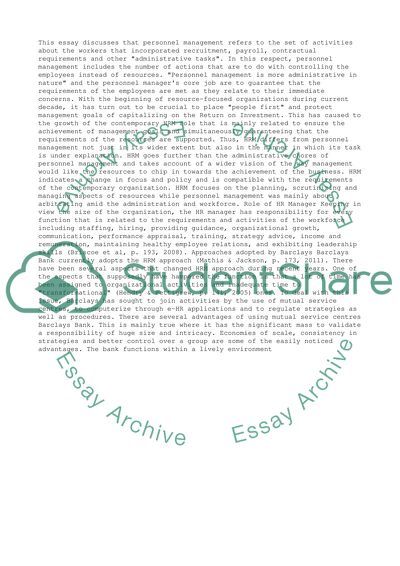Cite this document
(“Human Resource Management: cases of Barclays and Unilever Essay”, n.d.)
Retrieved de https://studentshare.org/management/1391345-human-resource-management-cases-of-barclays-and-unilever
Retrieved de https://studentshare.org/management/1391345-human-resource-management-cases-of-barclays-and-unilever
(Human Resource Management: Cases of Barclays and Unilever Essay)
https://studentshare.org/management/1391345-human-resource-management-cases-of-barclays-and-unilever.
https://studentshare.org/management/1391345-human-resource-management-cases-of-barclays-and-unilever.
“Human Resource Management: Cases of Barclays and Unilever Essay”, n.d. https://studentshare.org/management/1391345-human-resource-management-cases-of-barclays-and-unilever.


